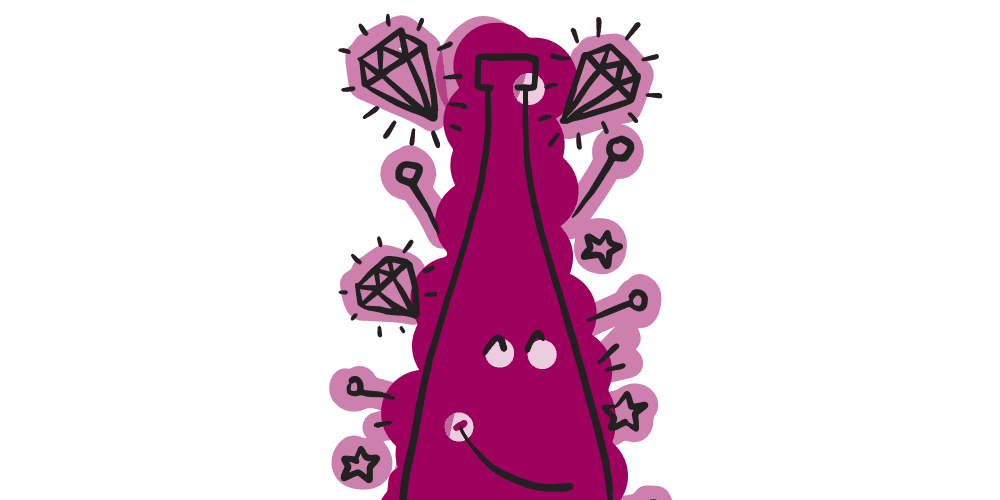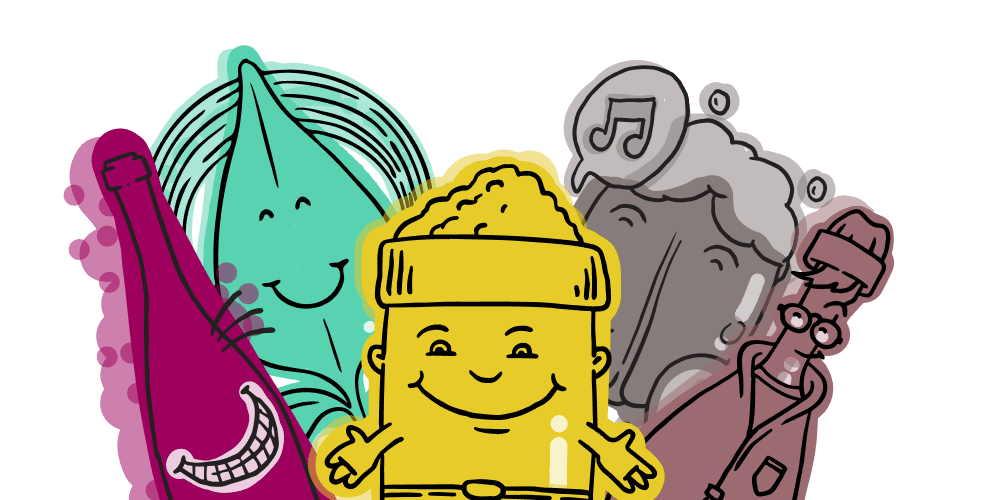What is the decision-making process when choosing a product? Studying neuroscience together with The Sapienza university of Rome
What determines our preferences when deciding what to buy? Are we guided by our sense of taste or emotions?

In recent years, neuroscience has proven that emotions are not something that impairs our decisions but rather help us make them.
We are becoming increasingly aware that decisions are not the mere result of calculations and logical predictions, but rather the outcome of a complex process where automatic cognitive dynamics and emotions play a decisive role.
This is why we need to understand the differences between our instinctive response and why we then choose a product.
Over 50% of our buying patterns do not involve rational decisions, but rather buying habits and routines, which very often depend on the environment where they happen and the emotions we experience.
As early as 1983, two famous psychologists, Richard Petty and John Cacioppo, hypothesized that decisions are made through two processes: one “central” (rational), which comes into play when you are highly motivated to make the right choice and/or know what you are doing; and one “peripheral” (heuristic), which tends to use automatic, fast, associative and implicit processes to make a decision.
One of the features of intuition is the emotional side, which is linked to product approval and closely connected to how we choose food.
Even though rational analysis is important in certain situations, it is no surprise that trusting our intuition is more efficient for survival and closely linked to our diet.
In the heuristic system, familiarity, personal memories and visual stimuli prevail over product features and other senses, leading to decisions often determined by brand awareness, special packaging and a low price.
While consumers with no technical expertise want to make informed decisions, they often use the peripheral route to make a decision.
Furthermore, relatively rational expectations heavily influence approval for the chosen product, both when making a purchase and tasting it.
What does all this have to do with VINHOOD?
Vinhood is an expert in taste, which makes consumers’ purchasing decisions easier, particularly in places where there is no sales assistance, such as retailers and e-commerce stores.
By answering a few simple questions on their food preferences and habits, people get a suggestion of the best product for their palate, displayed in immediately understandable, uncomplicated language.
Having tested our algorithm on over 500,000 people over the last 4 years and having run experiments to validate it with the Neuroscience department at IULM University of Milan, we wanted to explore our research even further.
We therefore welcomed the chance to work with BrainSigns, a spin-off of the Sapienza University of Rome to develop our algorithm and solution.
Just like in the past, we used neuroscience as an additional methodology to the traditional systems of sensory analysis to understand the physiological response to taste, while analyzing interest on a subconscious level.
We selected a sample of 36 students from the Sapienza University of Rome, who took a blind taste test of the #Characters of our products.
In particular, we measured how much they were drawn to or rejected a certain stimulus through an EEG (electroencephalogram) as well as their emotion, i.e. their positive or negative emotional involvement, towards the stimulus based on a combination of their heart rate/ECG and GSR skin conductance (sweating).
A negative response to a sensory stimulus occurs in the first 3 seconds.
On the other hand, confirmation of a positive response comes in the first 5-6 seconds, while your given assessment – simply how much you like a product based on a scale of approval – shows bias and rational reasoning which very often do not reflect irrational consumer choices or repeat purchases of a product.
It is therefore very interesting to compare people’s physiological data and their given answers of approval to see their instinctive, irrational taste assessment and to get information on their objective perception and preferences of products.
We will keep you up-to-date on the test results and on future Vinhood research developments!
Ready to join the Vinhood family?
Vinhood is the First Italian Taste Agency. We explore the world of taste to guide people about how to choose and consume products and supporting companies in nurturing personalized relationships with their customers.
Read more
- Taste analyst: taste experts at the service of retailers and brands
 Vinhood is launching an innovative approach to studying consumers’ taste preferences to help them choose the best product for them and to improve brand and retail marketing and communication.
Vinhood is launching an innovative approach to studying consumers’ taste preferences to help them choose the best product for them and to improve brand and retail marketing and communication. - Cocktails and the silver screen: iconic drinks in the film industry
 Here are the top 10 cocktails that have cleaned up at the box office!
Here are the top 10 cocktails that have cleaned up at the box office! - The tradition of Indonesian cuisine and eating together
 Pawon Lena, an Indonesian chef who lives in Milan in this article tells us about the cuisine of her homeland. A gastronomical journey on the trail of the culinary tradition of the largest archipelago in the world, through characteristic flavors, dishes and ways of dining together at the table.
Pawon Lena, an Indonesian chef who lives in Milan in this article tells us about the cuisine of her homeland. A gastronomical journey on the trail of the culinary tradition of the largest archipelago in the world, through characteristic flavors, dishes and ways of dining together at the table.

